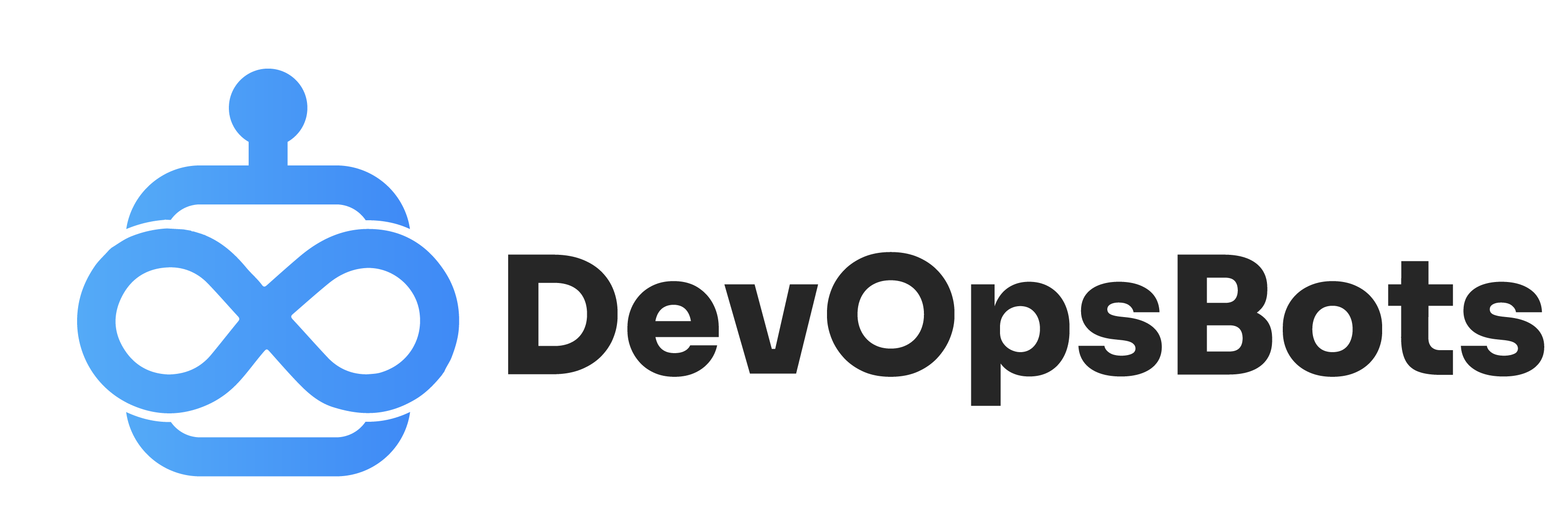Top 20 Kubernetes Interview Questions Made Simple – Part -1
If you’re getting ready for a Kubernetes job interview, it’s important to understand key concepts and be able to explain them clearly. Here’s our simplified guide to the top 20 Kubernetes interview questions, complete with easy-to-understand answers.
- What is Kubernetes? Think of Kubernetes as a tool that helps manage applications made up of multiple components. It’s open-source and handles the nitty-gritty of deploying, scaling, and running containerized applications.
- What’s a Kubernetes Pod? In Kubernetes language, a Pod is the smallest unit that you can deploy. It’s a group of one or more containers, with shared storage and network resources.
- Can you talk about a Kubernetes Node? A Node is like a worker bee in Kubernetes. It’s a machine, virtual or physical, where Kubernetes runs containers. The “Master” controls each Node.
- What’s a Kubernetes Cluster? A Cluster is a set of Nodes, or worker machines, that run containerized applications. At the very least, a Cluster has one worker Node.
- What are Kubernetes Services? A Kubernetes Service is like a conduit, guiding external traffic to Pods, balancing that traffic, and making sure everything communicates properly.
- What does Kubelet do? Kubelet is the overseer of each Node, checking that all containers in the Node are healthy and running as they should.
- What’s Kubectl? Kubectl is the command you give to interact with your Kubernetes cluster. You can manage applications, inspect and manage resources, and check logs using Kubectl commands.
- What’s a Namespace in Kubernetes? Kubernetes lets you create multiple virtual spaces on the same physical cluster. These are called Namespaces. They help you sort and manage resources in different groups.
- What is Minikube? Minikube is a handy tool that lets you use Kubernetes on your local machine. It runs a single-node Kubernetes cluster inside a Virtual Machine (VM) on your computer.
- What’s Kubernetes Ingress? Ingress is the way Kubernetes manages incoming traffic. It sets the rules for how and where users can access services running in the cluster.
- Can you explain Kubernetes ReplicaSets? A ReplicaSet in Kubernetes is like a manager for Pods. Its job is to make sure there are always a certain number of identical Pods running.
- What’s a Kubernetes Deployment? A Deployment in Kubernetes is a way to describe the state you want your application to be in. The Deployment makes sure the current state matches the desired state.
- What are Kubernetes Secrets? Kubernetes Secrets is a secure way to manage sensitive details like passwords and API keys. Storing this information in Secrets is safer than putting it directly in a Pod or container image.
- What’s Helm in Kubernetes? Helm is like a package manager for Kubernetes. It helps developers and operators to package, configure, and deploy applications and services onto Kubernetes clusters.
- What are Kubernetes labels and selectors? Labels are like sticky notes you put on objects to identify them. You can then use selectors to find and work with those objects based on their labels.
- What’s Horizontal Pod Autoscaling? Horizontal Pod Autoscaler automatically adjusts the number of Pods based on CPU usage or other selected metrics.
- What is a StatefulSet in Kubernetes? A StatefulSet is used for applications that need a stable network identifier and storage. It provides a unique identity for each Pod and ensures orderliness in deployment and scaling.
- What’s a ConfigMap in Kubernetes? A ConfigMap is a way to store configuration settings. This makes it easy to keep your application’s configuration separate from the application itself.
- What are Persistent Volumes and Persistent Volume Claims? Persistent Volumes (PVs) are storage resources in a cluster. Persistent Volume Claims (PVCs) are requests for those resources.
- What’s RBAC in Kubernetes? Role-Based Access Control (RBAC) is a way of regulating who can access what within a Kubernetes cluster.
Studying these simple explanations will give you a solid understanding of the key Kubernetes concepts. Now you’re ready for your Kubernetes job interview. Good luck!


